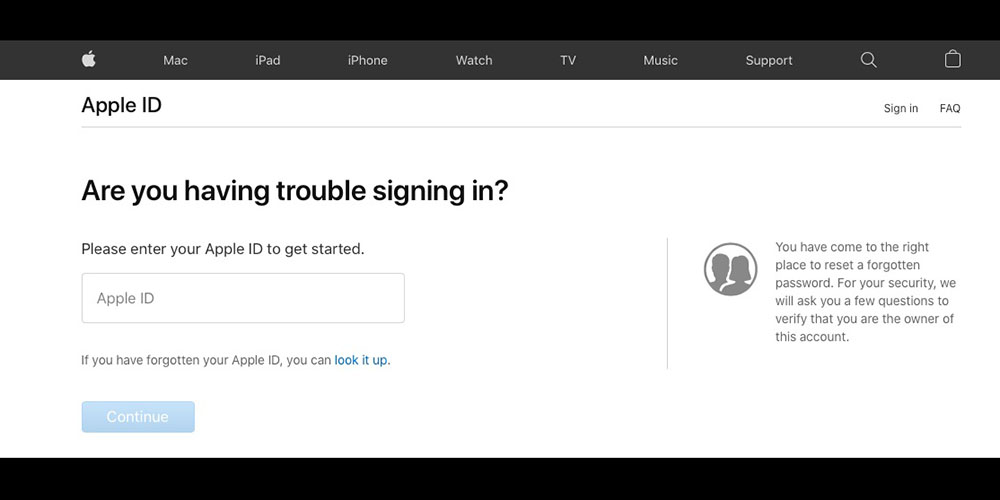

- #EMERGENCY RECOVERY USING THE RECOVERY CODE SMART SWITCH INSTALL#
- #EMERGENCY RECOVERY USING THE RECOVERY CODE SMART SWITCH DRIVERS#
If generation or feeder capacity is adversely affected during the storm, the utility may choose to shed load by implementing a demand response system. In particularly bad situations with significant building damage, it may be necessary for emergency coordinators to cut power to certain areas to minimize the risk of fire or injury due to energized lines until they can be inspected, but with the use of smart meters, power can be shut off remotely to individual addresses reported by emergency personnel. This enables the utility and emergency coordinators to not only know where power is out, but predict when it will be restored down to individual addresses. More importantly, these disruptions can be located, analyzed, and acted on long before consumers even begin to report in with phone calls. Smart meters can even be used to detect disruptions to individual drop wires if neighbors still have power. Likewise, if all meters on a particular transformer or particular street report outages, the problem can be isolated to that location. If a large group of meters goes out at the same time on the same distribution feeder, it’s likely that the feeder is damaged. As this information is collected and analyzed a clear picture of the various outages begins to emerge. Smart meters use capacitors or batteries to store sufficient energy to send out a “dying gasp” message in the event of power loss. It’s difficult to prioritize the work or to even know what kind of crew to dispatch to a particular location. Similar to the fog of war, utility operators are overwhelmed by waves of information from telephone calls, first responders, and their own crews.

These disruptions are extremely difficult to diagnose from a utility standpoint, because most utilities have little or no instrumentation on them. In still other locations, individual drops are cut, or transformers or other assets are damaged. In other cases, however, distribution feeders are completely disrupted and power is lost. In some cases, distribution feeders are cut and power is restored automatically through another path. If circuits are still active, disconnect commands can be sent to properly equipped smart meters and executed within seconds.Īs the storm blows through, inevitable power outages begin to occur as power assets are disrupted. This action helps to prevent fires in case of major structural damage that would otherwise go unreported. Next, the utility managers verify that known vacant buildings and houses have been disconnected from the grid by sending messages to smart meters. Information on factory shutdowns can be forwarded to public disaster coordinators. Smart meters provide these measurements over short periods, allowing utility managers to see which motor loads are shed prior to a storm. These loads indicate the activity of large electric motors and indicate which factories are running or shutting down. They start by comparing real and reactive power measurements on commercial and industrial (C&I) meters to see which commercial customers are still running large inductive loads. Example ScenarioĪs the storm rolls in, utility managers begin preparing. All of the capabilities described here are available and shipping with current smart meter technology. The following paragraphs outline a weather disaster scenario and the role that smart meters play in managing the situation.

In addition to measuring energy usage for billing purposes, these sensors can provide valuable functions during disasters and during recovery. It’s important to remember that smart meters are smart sensors. Less prominent, but just as important, is the role of smart meters in disaster recovery situations. These technologies are proven, mature, and are widely deployed. For energy savings, smart meters also provide a way for utilities to offer services to reduce consumption by managing individual appliances in return for a reduced rate. Advanced meters also include remote control switches to disconnect power as well as measure time-of-use, again without the need for physical visits. Cost reduction is relatively easy to justify because smart meters can reduce or eliminate the cost of physically visiting meters to collect readings for billing purposes.
#EMERGENCY RECOVERY USING THE RECOVERY CODE SMART SWITCH DRIVERS#
For much of the industry, the primary business drivers for deployment have been cost reduction and energy savings.
#EMERGENCY RECOVERY USING THE RECOVERY CODE SMART SWITCH INSTALL#
is ahead of much of the rest of the world as utilities install smart meters across their service areas. Over the last decade, smart meter technology has been installed in millions of residential and commercial users in the United States.


 0 kommentar(er)
0 kommentar(er)
